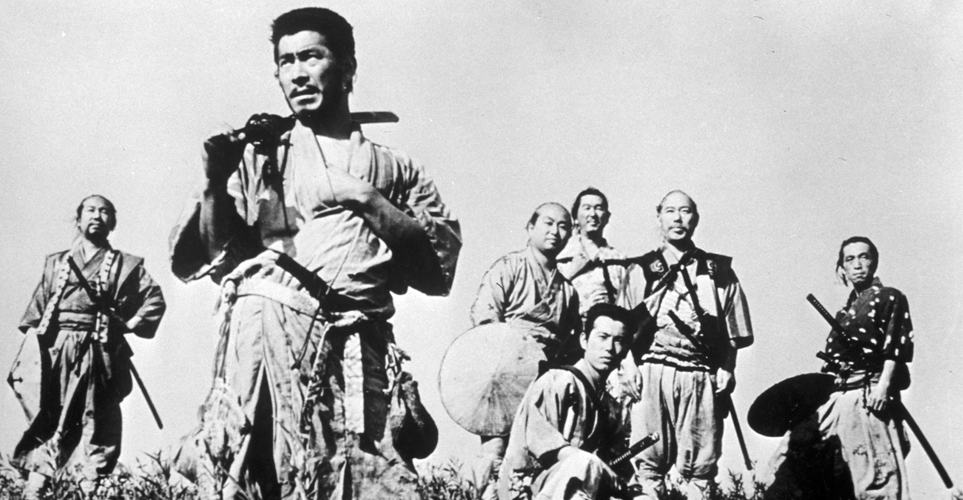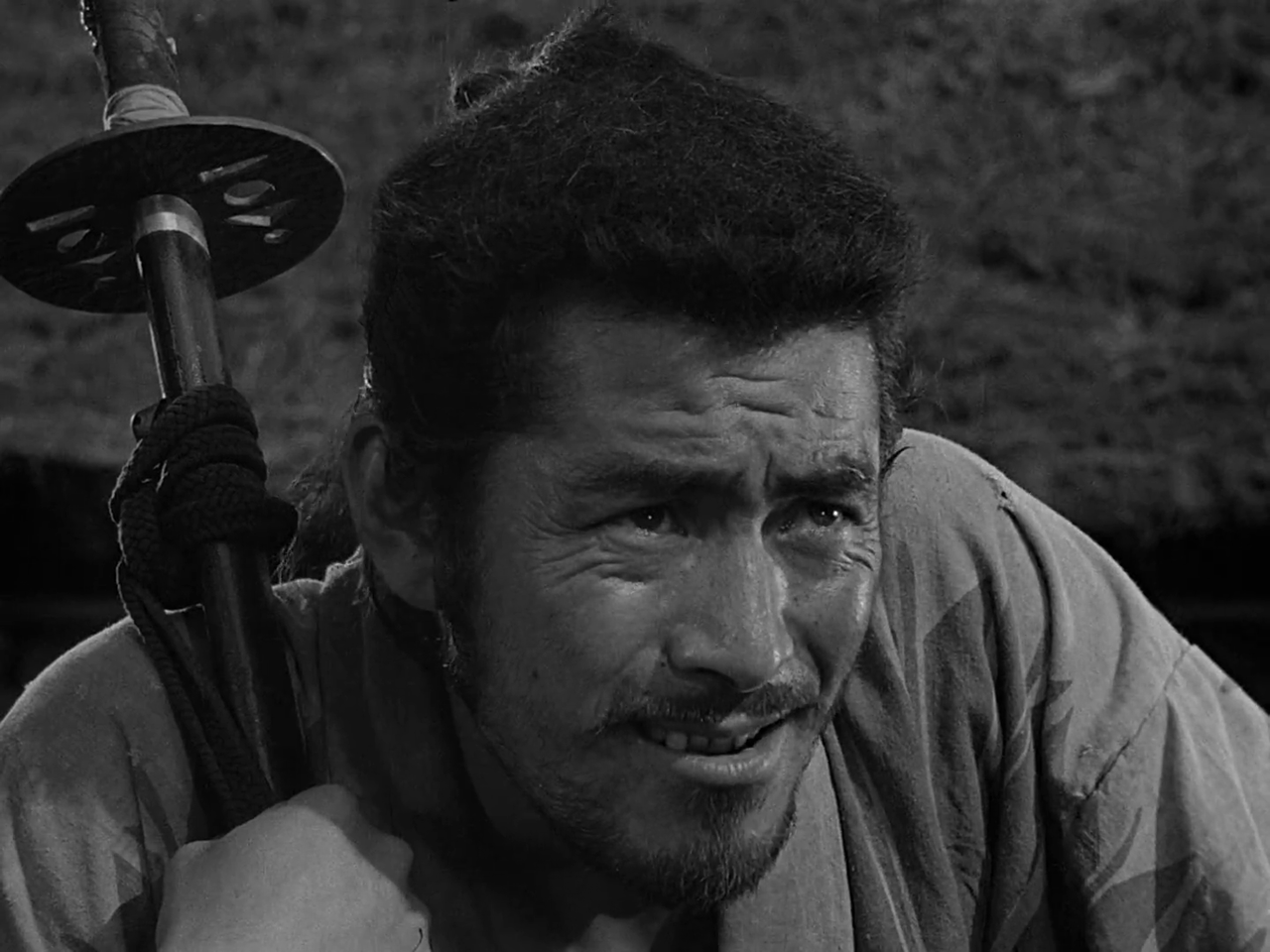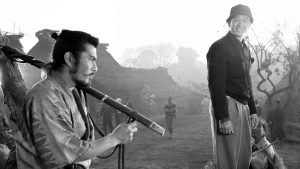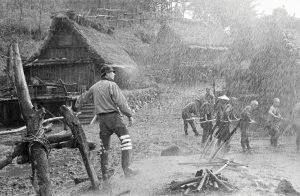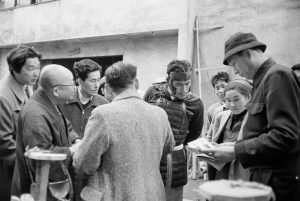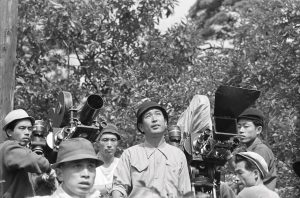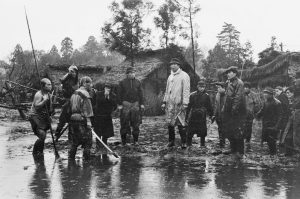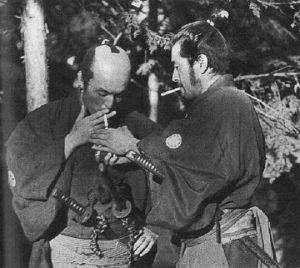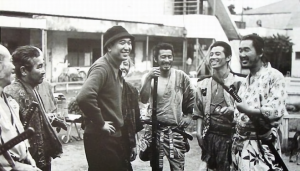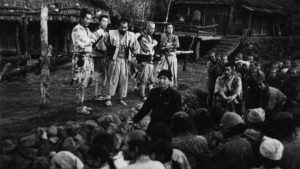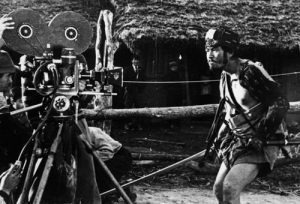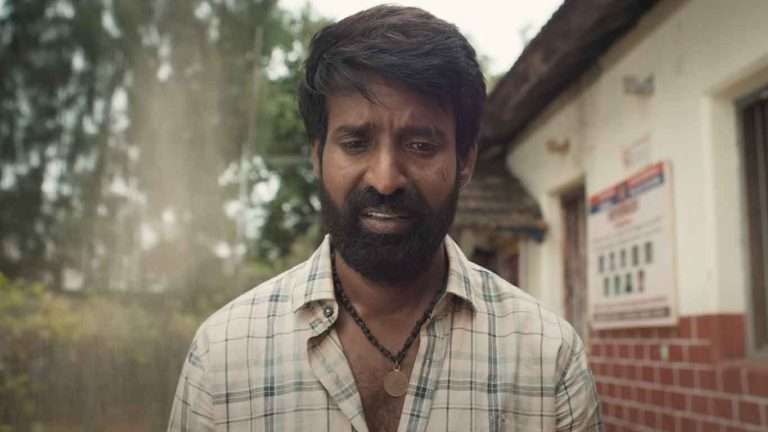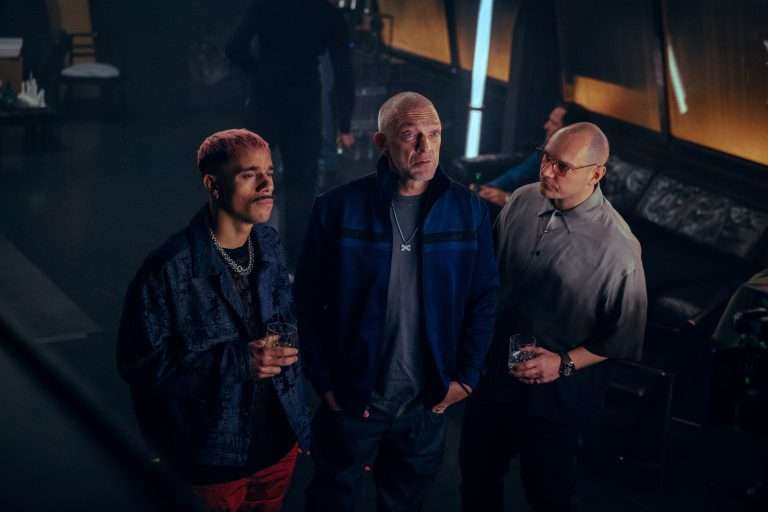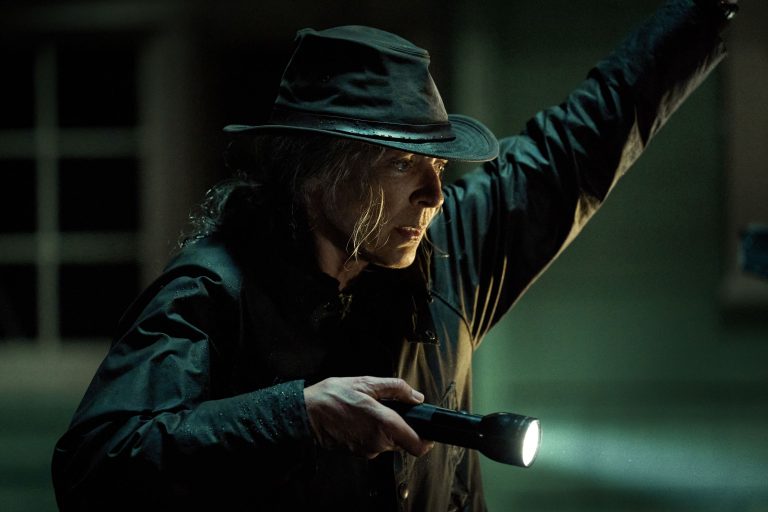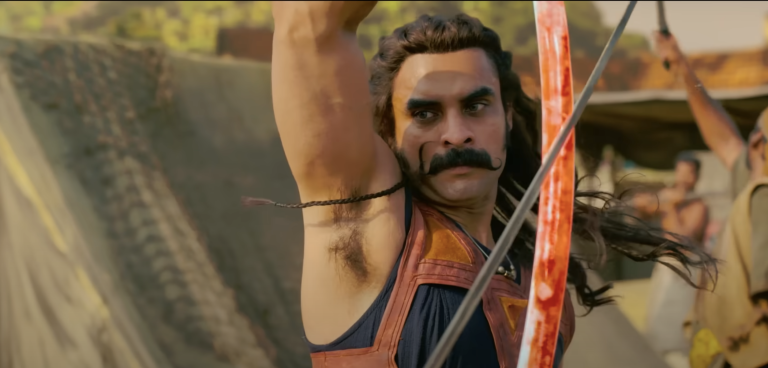“Akira Kurosawa’s “Seven Samurai” is not only a great film in its own right but the source of a genre that would flow through the rest of the century. ”
-Roger Ebert
There is probably no point appreciating and lauding Seven Samurai [Shichinin no samurai, 七人の侍] after 65 years of its release when it has already received universal love from the critics and masses. It is often cited as the most influential film in the history of cinema. It has frequently made it to the top 10 films of all time in almost all the magazines and critics’ list. BBC Culture named Seven Samurai as the greatest Foreign Language film based on 209 critics in 43 countries.
Here is a little more appreciation and love from one of the ardent fans of Kurosawa and in particular, Seven Samurai. Legends never die, the great art of work always echoes in the universe till eternity.
Late Akira Kurosawa, take a bow for your contribution to World Cinema and one of the greatest inspirations to many directors including Arthur Penn, Sam Peckinpah, Michael Mann, Sergio Leone & George Lucas.
The unparalleled influence of Seven Samurai in the World cinema is evident from the remakes, influences to the traces of homages in films. The Magnificent Seven (1960 and 2016, the American remake of Seven Samurai), Sholay, Samurai 7, The Seven Magnificent Gladiators(1984, Italian remake of Seven Samurai), The Guns of Navarone, China Gate owe it to Akira Kurosawa. Seven Samurai has inspired many movies, but with the advanced technology and abundance of available technical resources, still, no one has come close to this undisputed epic masterpiece.
When Akira Kurosawa’s Seven Samurai premiered in Japan, it was the most expensive movie, costing 125 million Yen (approximately $350,000), ever made in Japan. Donald Richie, in his book The Films of Akira Kurosawa (published in 1965) reported the director’s exasperated response to such attacks: “You try to give a film a little pictorial scope and the journalists jump on you for spending too much money. That is what I really hate about them — they are only an extended form of advertising.”
Akira Kurosawa’s Seven Samurai (1954) is a three-and-a-half-hour-long black-and-white epic set in war-torn, 15th-Century Japan. It might not have a groundbreaking plot. The milieu of Seven Samurai is quite typical, where a bunch of samurais, even those who are inexperienced, come together to fight against evil (Bandits here). But it was the first film where a team was assembled to fight against evil, as per the critic Michael Jeck.
The plot merely serves as the stage to draw the unforgettable characters. It examines the profound display of human psyche and symbiotic relationship of farmers and Samurais that made this film epic in every sense, besides its superior technicality that has paved the path to inspire the future generation filmmakers.
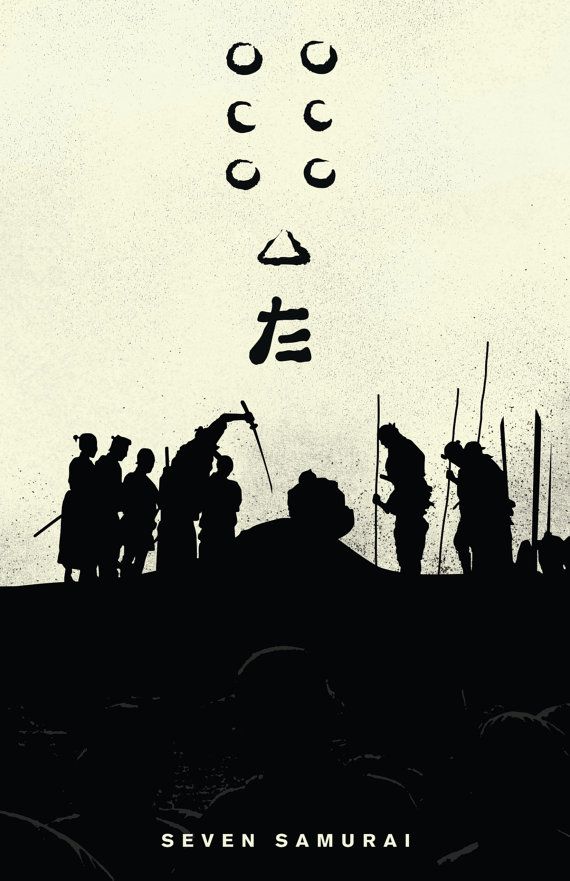
Kurosawa was so much invested in making this film that he wrote a complete dossier for each character with a speaking role. In it were details about what they wore, their favourite foods, their past history, their speaking habits and every other detail he could think of about them.
Kurosawa even designed a registry of all 101 residents of the village, creating a family tree to help his extras build their characters and relationships to each other.
Seven Samurai is set in the 15th century in Japan that tells the tale of impoverished farmers, their long-suffering and how they are reduced to scared creatures who can’t see beyond their own suffering. One of the villagers overhears the Bandits planning to rob the barley crops once the farmers harvest it. This news sends the villagers in a deep shocking state, while one of the ladies sobbingly expresses her desire to die as she says, “Land tax. Forced labour. War. Drought. And now Bandits. God must want us farmers to starve.”
There suffering is so profound that they find the solution of committing suicide more appealing than getting tortured at the hands of Bandits. An elderly woman makes it clear in one of her dialogues, “I want to die soon and leave this suffering behind.”
Finally, villagers move in a herd to seek advice from the eldest man in the village. The old bald man decides to find hungry Samurais and make a team of them to defend the village from bandits.
Many Samurai rejects their offer, few mock them and make fun of their food habits and living style, until they meet Kambei Shimada, a skilled archer, who agrees to help them. He is approached by untested Katsushiro who voluntarily wants to become Samurai disowning his family and their property as he requests Kambei to make him his disciple.
Kambei makes the team of six more Samurai who have either nothing good to do or they join on request of Kambei as they are a masterless samurai. To the shock of everyone, Samurais are not welcomed with proper hospitality in the village which is explained very correctly by an elder man that farmers fear every change, be it a change in the weather or wind or Samurai coming to the village for their help.
The second act of the film focuses completely on the three important subplots that reflect upon the archaic social tradition and rebel against it, yet it essentially symbolizes many aspects of modern life as well.
Unfortunately, they have to do with caste-ism and discrimination held in the name of caste. The character of Toshiro Mifune, boisterous Kikuchiyo who wants to hog glory alone, has to jump the barrier of caste to become a samurai.
The verboten blooming romance between Katsushiro (Isao Kimura) and the village girl, which villagers find unacceptable due to social prejudices. Isn’t this still prevalent in our society? And lastly, how reluctant villagers are to try not to socialize with Samurais with the fear of corruption of their age-old, rigid traditions. But soon the villagers come to realize the bandits are more dreadful than the samurai and their bigotry against them. They restrict themselves to a symbiotic relationship with Samurais until the bandits are killed in skirmishes.
The third act consists of the one-and-half hour monumental battle sequence in the torrential rains. It has been done with such panache and particularization that you almost feel as if they are documented from real life. You feel the intensity, thanks to the terrific mastery of staging and editing & the way multiple cameras have been deployed to capture the violence. It is almost real.
Tony Richardson, in the Spring 1955 issue of Sight & Sound, observed that “Kurosawa is a virtuoso exponent of every technique of suspense, surprise, excitement, and in this, he gives nothing to his Western masters. Only in his handling of the series of battles is there a hint of monotony.”
Three of the world’s foremost scholars on the films of Akira Kurosawa (David Desser, Stephen Prince, and Donald Richie) describe Seven Samurai’s effect on the samurai film and its use of violence.
The ability of Akira Kurosawa to tell the stories through editing is impeccable and masterful. Will quote Orson Welles to understand the gravity of editing in cinema: “The notion of directing a film is the invention of critics – the whole eloquence of cinema is achieved in the editing room.”
It is through editing that narrative breathe. Every cut made serves a purpose, nothing is arbitrary. The battle scene in itself is a masterclass. Kurosawa employed multiple cameras for making the battle scenes continuity easier. He uses quick editing to keep the aesthetic energy up in the sequence and sustained wide shots to ease the tension.
Kurosawa has laid the foundation for inter-cut scenes and mastered it. In one of the most striking scenes, that has been shot so beautifully, Kambei kills a thief who has kidnapped a child. Kambei enters the hut while the camera is still static, seen from Kikuchiyo’s PO.
We don’t get to see actual action inside the hut rather than the consequence of it, i:e we see the thief leaving hut injured. And the camera is still static, we see the action unfolding from Kikuchiyo, other samurai and villager’s perspective. This can be called as “the textbook for modern movie violence.”
One thing that is very applaudable of Kurosawa is that he relied on long shots and doesn’t incorporate cuts ‘frequently’. This helped a lot in evoking the sense of emotions that feel more real, especially in case of battle scenes. Like the scene that strengthens the character of Kikuchiyo, when he finds out the cache of weapons and armour buried in the village.
Mifune handles the dialogue expertly and vomits out all the anger & frustration he had inside it, giving a bleak look at his tortured past life & eventually he breaks down in tears. The scene has no background score and it has only one cut when Kikuchiyo throws a handful of arrows against the wall. The entire emotional scene has been so beautifully shot and edited that it gives more profound depth to the character of Mifune.
Seven Samurai has a varied spectrum of emotions that include fear of not only bandits but Samurai too, samurai’s love for farmer’s daughter, revenge, anger, the desperation of food, survival, ego, self-finding, inspirational figure.
Kambei leads the villagers from the front end in a very brave manner and tactfully fights like a warrior and to my surprise, comes out to be a very calm and composed character. Kikuchiyo is one hell of an actor, who has so much of anger in him and looks very violent, but at the same time, he is too funny and dumb and sensitive in some corner of his heart. His character provides comic relief with his antique dumb behaviour but he makes it up for his silliness in the final battle scene where his emotional quotient goes to very next level.
Kyuzo is the greatest sword fighter who keeps himself very relaxed and slyly attacks to finish the opponent (His character reminds me of Brad Pitt’s character in Troy where in his first scene, he kills a physically strong opponent in one sword’s smash).
Technically we are so ahead today, that you may not appreciate this film but what this movie captures is something that many film-makers are miss out today in their films; a sense of fear, sense of loss, sense of thrill, sense of planning going haywire and the sense of adventure.
Seven Samurai captures all these things so beautifully and pitches perfectly that I can bet, nothing can come close to this achievement even today. Many film-makers are in debt of Kurosawa. George Lucas has acknowledged his debt to Akira Kurosawa, and several homages and allusions can be found throughout the Star Wars series.
Behind The Scene Images of Seven Samurai
Check out our section of Great Films for Essays/Reviews
Seven Samurai is available on Criterion DVD/BluRay
Rent Seven Samurai on Amazon Prime for Online Streaming
Seven Samurai Links: IMDb , Wikipedia , Rotten Tomatoes
CAST
Toshiro Mifune: Kikuchiyo
Takashi Shimura: Kambei
Keiko Tsushima: Shino
Yukiko Shimazaki: Wife
Kamatari Fujiwara: Farmer Manzo
Daisuke Kato: Shichiroji
Isao Kimura: Katsushiro
Minoru Chiaki: Heihachi
Seiji Miyaguchi: Kyuzo
Yoshio Kosugi: Farmer Mosuke
Bokuzen Hidari: Farmer Yohei
Yoshio Inaba: Gorobei
CREDITS
-
Director: Akira Kurosawa
Screenplay: Akira Kurosawa
Producer: Sojiro Motoki
Cinematography: Asakazu Nakai
Screenplay: Hideo Oguni
Screenplay: Shinobu Hashimoto
Music: Fumio Hayasaka
Editing: Hiroshi Nezu

